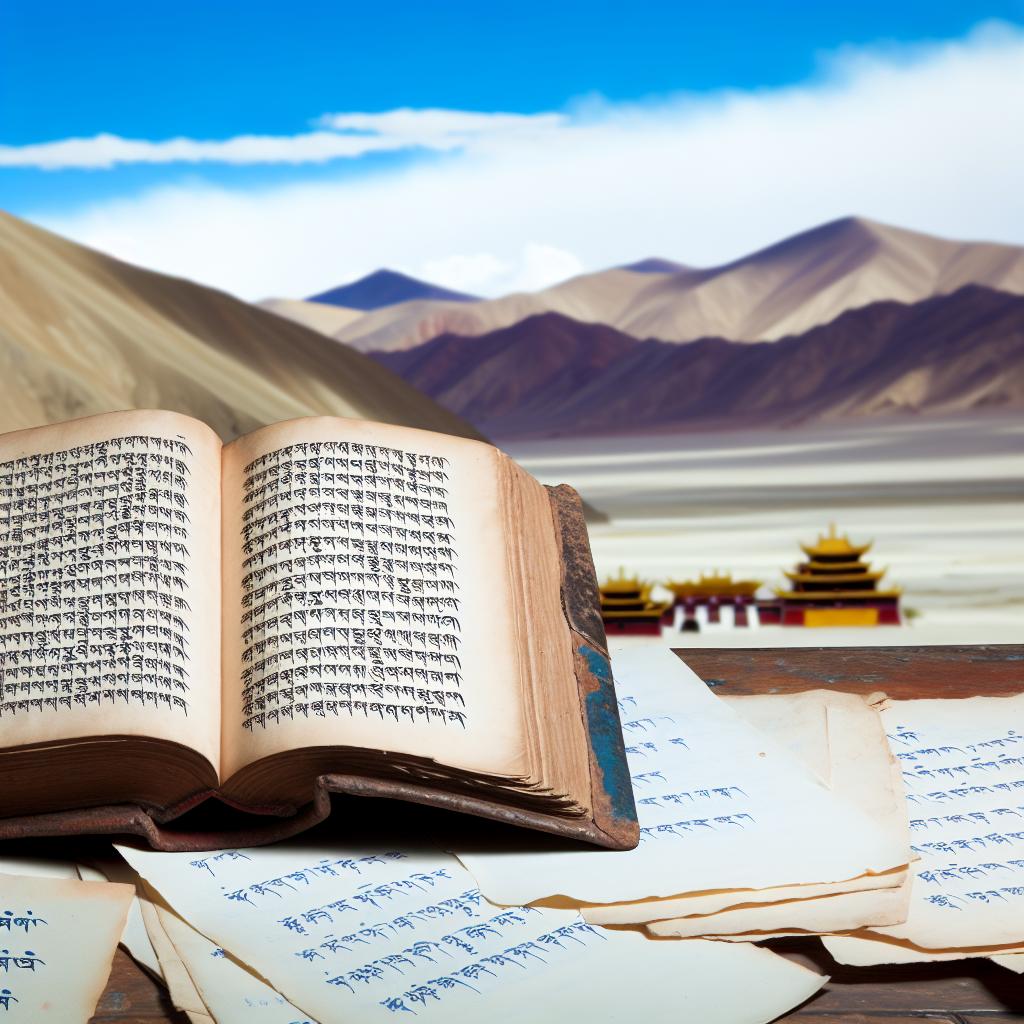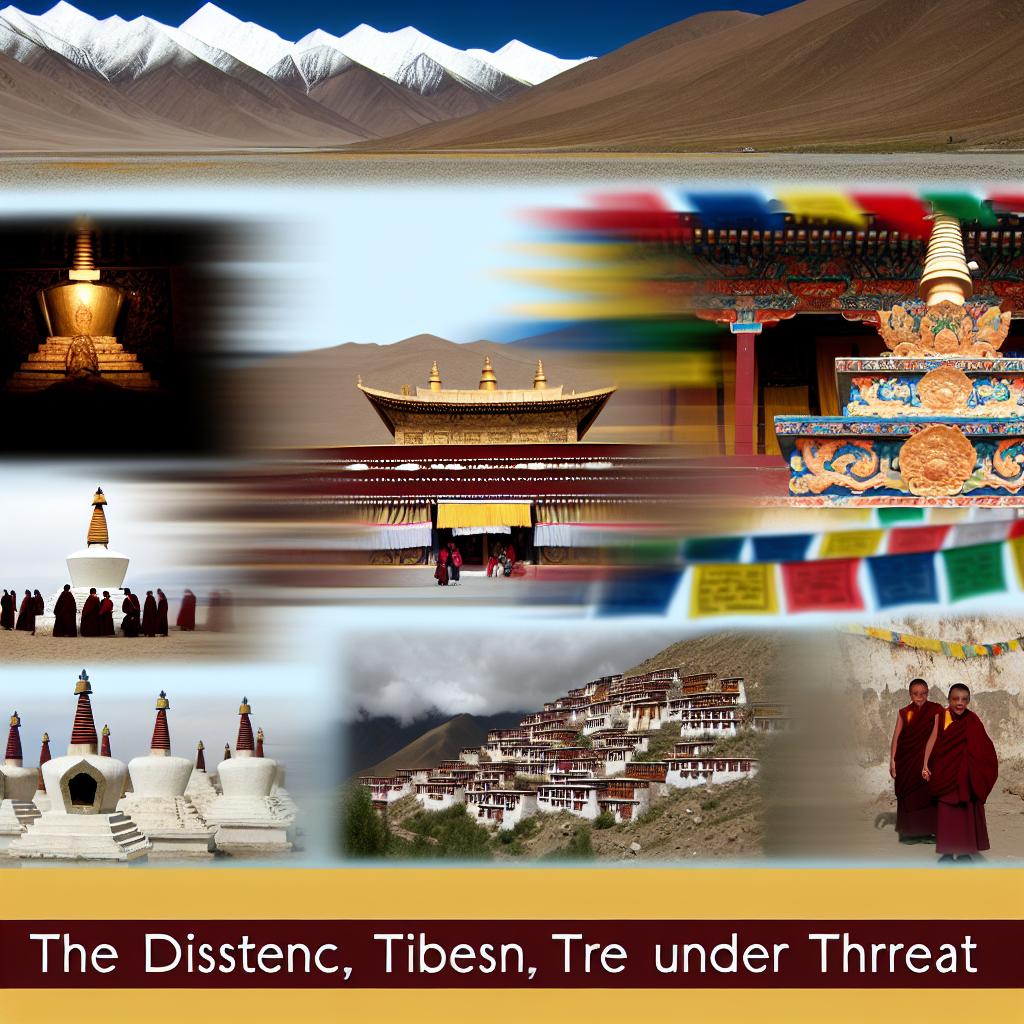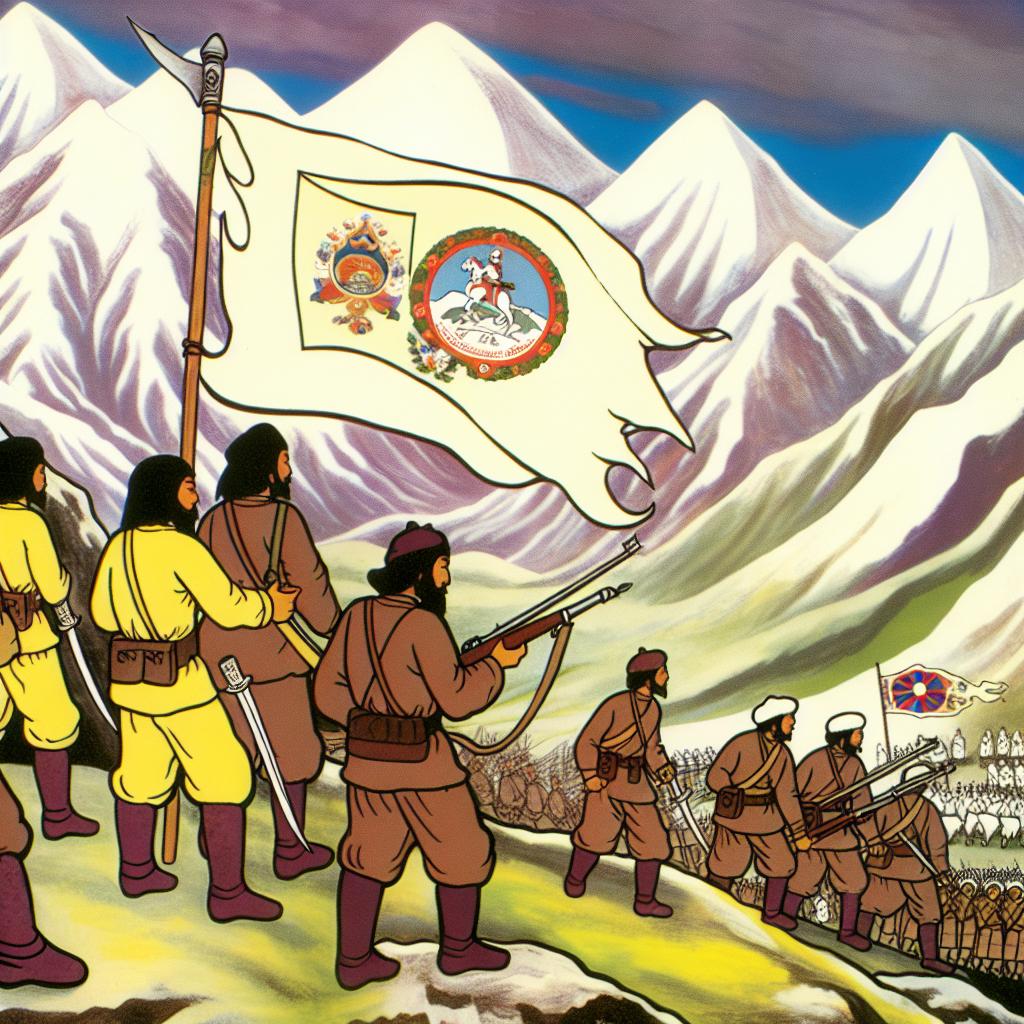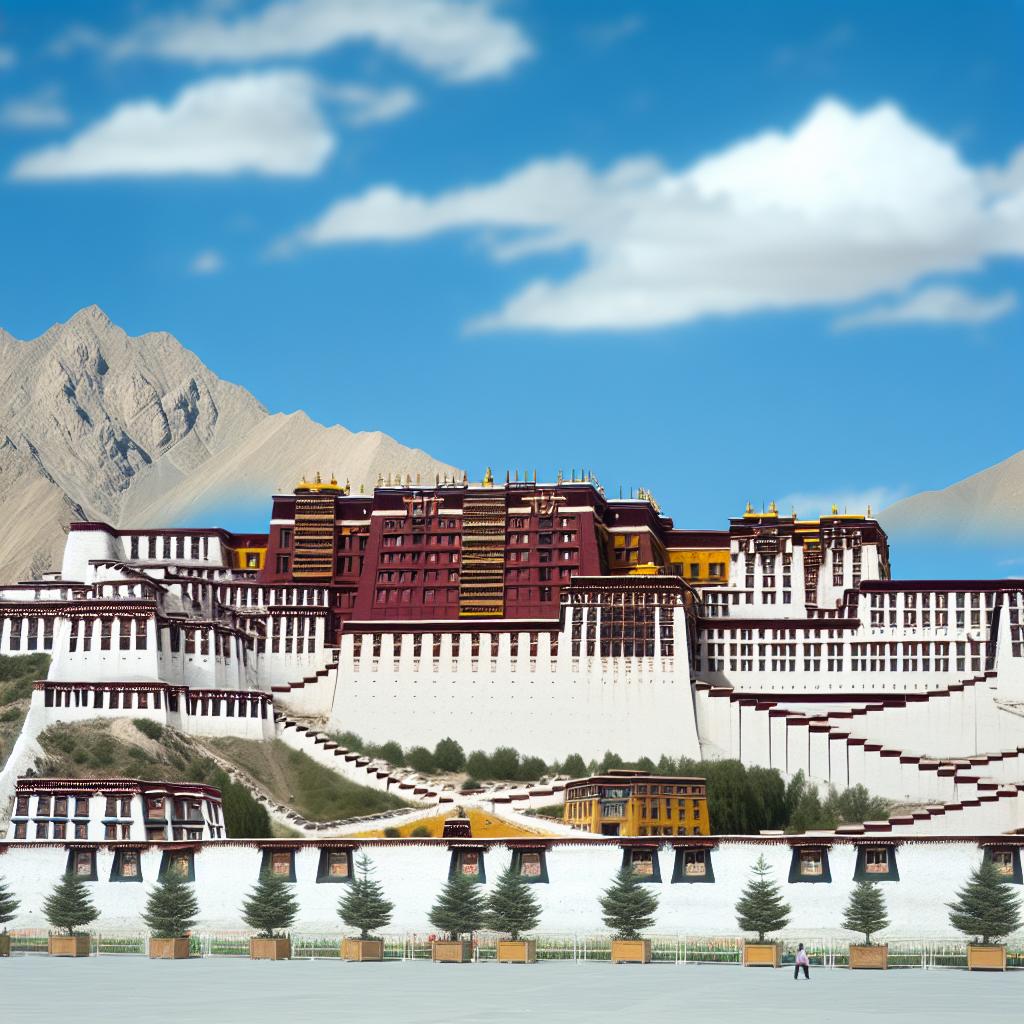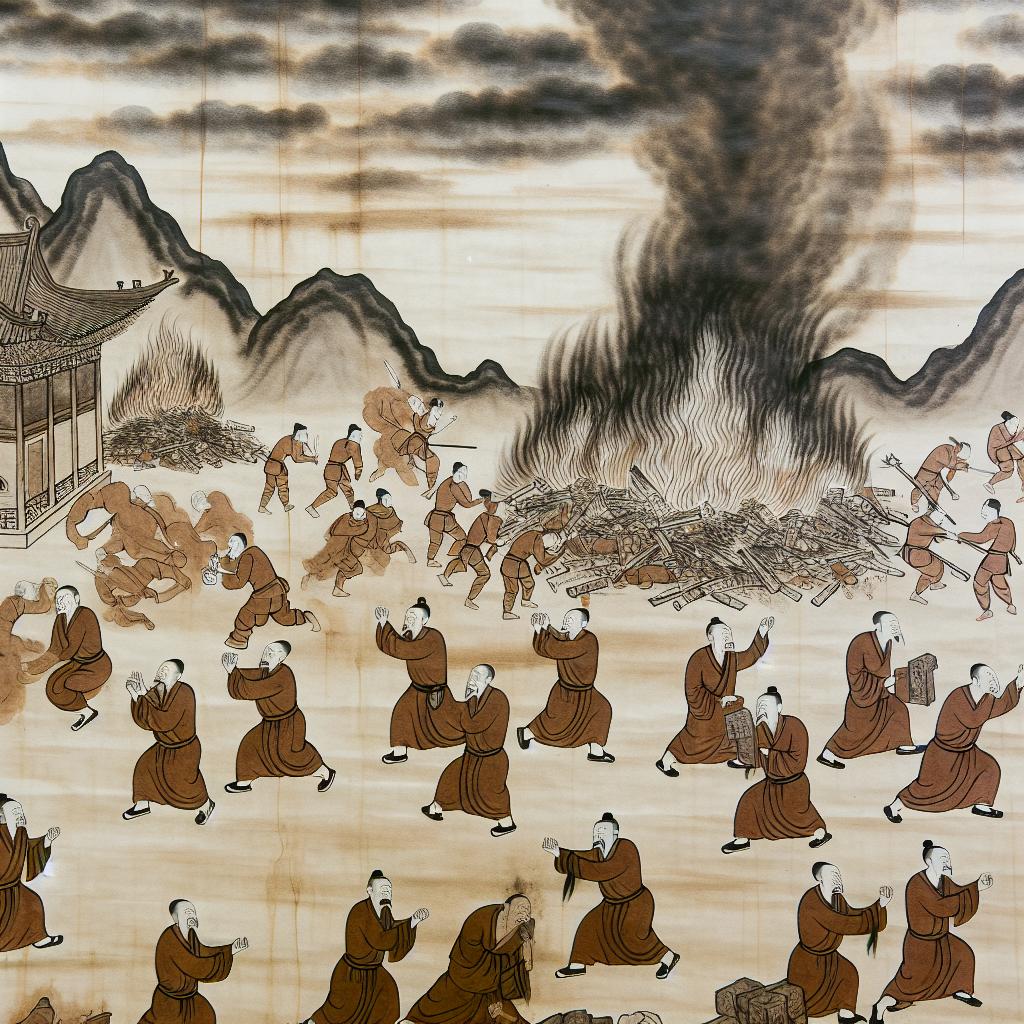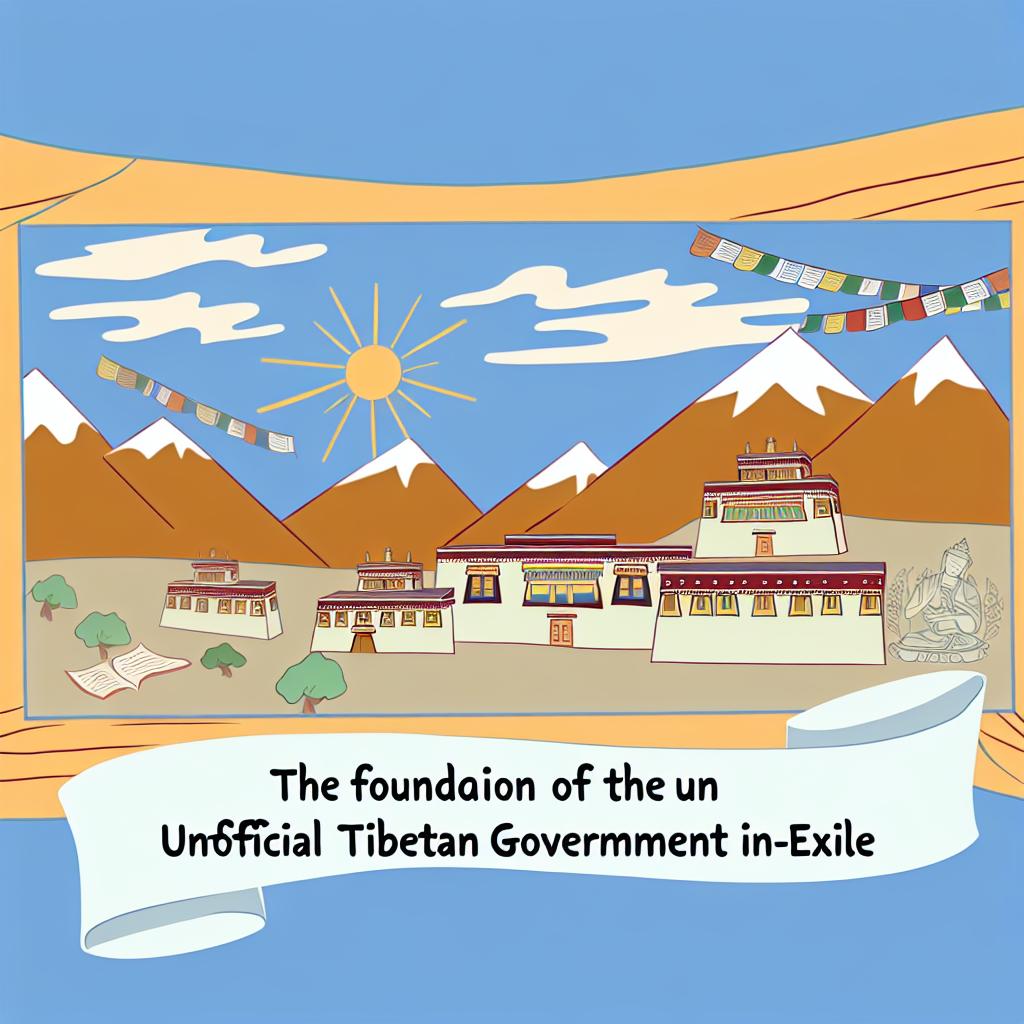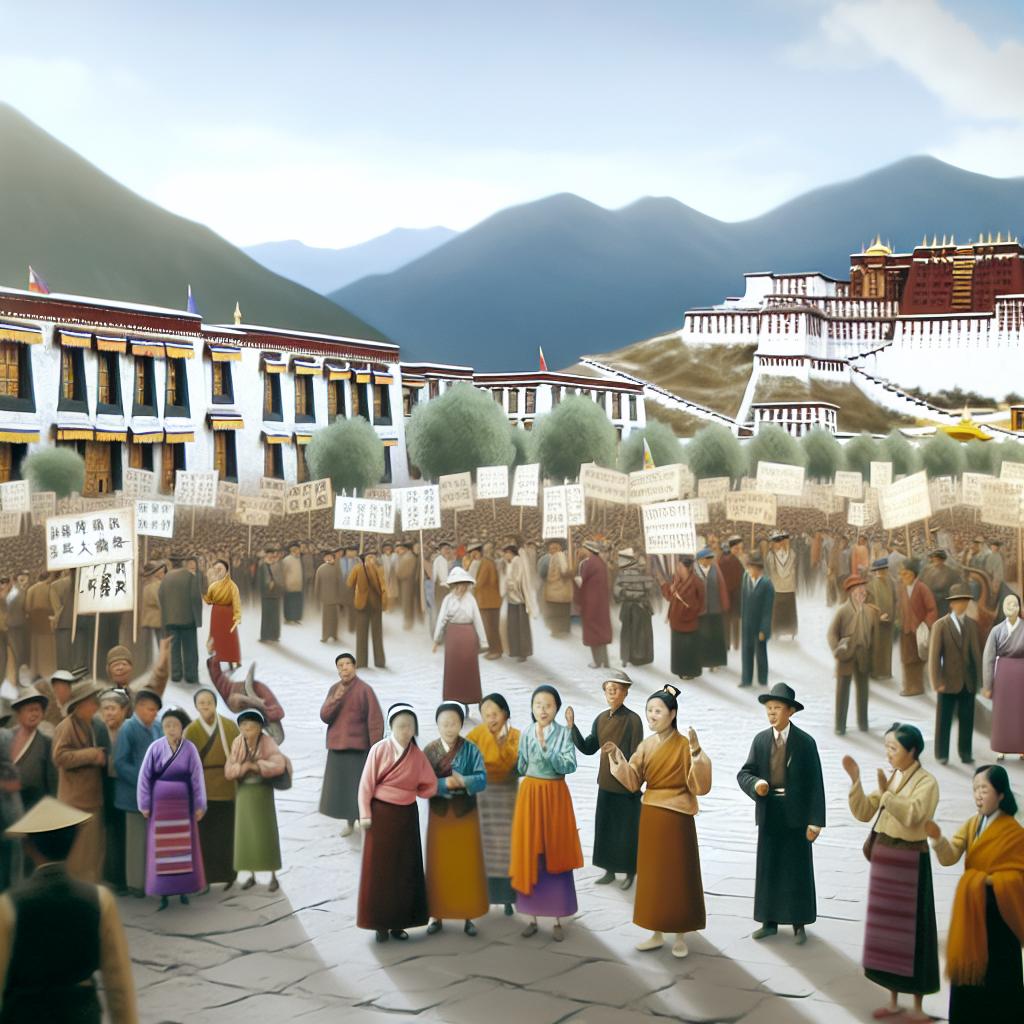The Impact of China’s Policies on the Tibetan Language
Introduction
The Tibetan language forms an essential foundation for the cultural identity of the Tibetan people. Serving as a communication tool and a vessel for centuries of accumulated knowledge, traditions, and beliefs, it extends beyond mere words. In recent decades, China’s policies have had a considerable impact on the Tibetan language, affecting its use, teaching practices, and preservation efforts. This article seeks to dissect these influences, understand their ramifications, and assess the potential paths forward for maintaining Tibetan linguistic heritage.
Language Policy and Education
China’s governmental approach has shifted progressively towards Mandarin Chinese as a dominant language in educational and administrative domains in Tibet. The education system in Tibet has undergone transformations where Mandarin is increasingly the primary medium of instruction. This policy aims at fostering integration into the broader Chinese economy and society, considering Mandarin’s status as the national lingua franca.
Despite the integration goals, this shift in educational policy has raised concerns regarding its detrimental effects on the preservation of Tibetan. The diminishing focus on the Tibetan language in schools reduces the time and resources dedicated to its instruction. Younger generations in Tibet face environments where opportunities to learn and master Tibetan are limited compared to Mandarin, posing risks for linguistic diversity and cultural richness.
Effects on Language Preservation
Preservation of the Tibetan language faces formidable challenges, primarily due to the inclination towards Mandarin for official communications and education. Some Tibetan language institutions are making efforts to keep the language alive, but they often confront obstacles such as insufficient funding and limited institutional support.
Community-driven initiatives play a crucial role in fostering an environment where Tibetan can thrive outside the formal education framework. Local communities, along with non-governmental organizations (NGOs), are attempting to promote Tibetan language proficiency through literacy programs, media initiatives, and cultural workshops. These endeavors aim to rekindle interest in the Tibetan language and ensure that it retains its relevance amid shifting educational paradigms.
Cultural and Social Implications
Language is intrinsically linked to culture, shaping and reflecting the beliefs, traditions, and social norms of a community. The policies influencing the Tibetan language carry cultural and social weight, with potential implications for the transmission of cultural identity across generations. Language serves as a conduit for cultural expressions, narratives, and oral traditions. Any alterations in its status may disrupt cultural transmission, with younger Tibetans possibly losing fluency and affinity with their native language.
Children and young adults increasingly educated in Mandarin may become detached from the rich tapestry of Tibetan oral and cultural traditions. Over time, this linguistic disconnect could lead to a diminishing familiarity with cultural practices and contribute to cultural homogenization.
Government and International Response
The Chinese government has positioned its language policies within a framework that emphasizes economic development, national unity, and social integration. From its perspective, emphasizing Mandarin serves not only as a tool for economic progress but also as a catalyst for social cohesion across China’s diverse ethnic regions, including Tibet.
However, the international community and human rights organizations have raised concerns around these strategies. International observers and Tibetan advocacy groups underscore the importance of linguistic and cultural rights as fundamental human rights. These groups argue that safeguarding linguistic diversity is paramount for protecting cultural identities and preventing cultural erosion.
To this end, there have been calls for China to adopt a more balanced approach in its language policy that allows space for both Mandarin and Tibetan in educational, official, and public spheres. The advocacy efforts focus on the preservation of heritage languages as a way to respect the cultural rights of minority communities.
Conclusion
The future of the Tibetan language is at a crossroads, shaped by evolving educational priorities, policy pressures, and grassroots preservation efforts. The pursuit of development and integration must be balanced with the respect and support for linguistic diversity if the richness of Tibet’s cultural heritage is to endure.
Organizations devoted to cultural preservation play a vital role in safeguarding the Tibetan language for future generations. Their efforts, combined with increased awareness and understanding of these complex issues, create an avenue for dialogue and action. It is through this nuanced understanding and robust engagement that the vibrant tapestry of Tibetan linguistic and cultural identity can continue to thrive amidst the complexities of modern geopolitical landscape.

